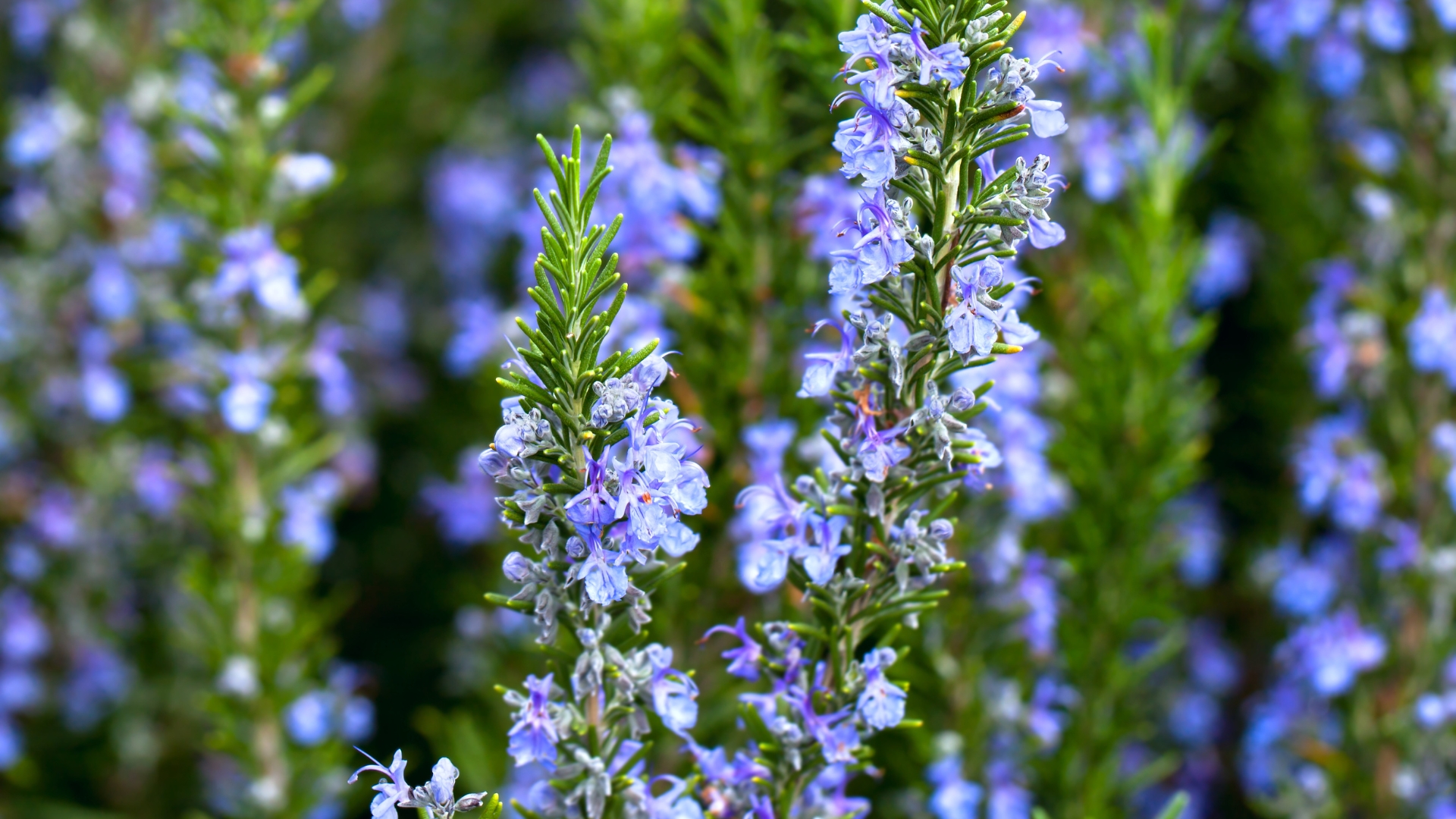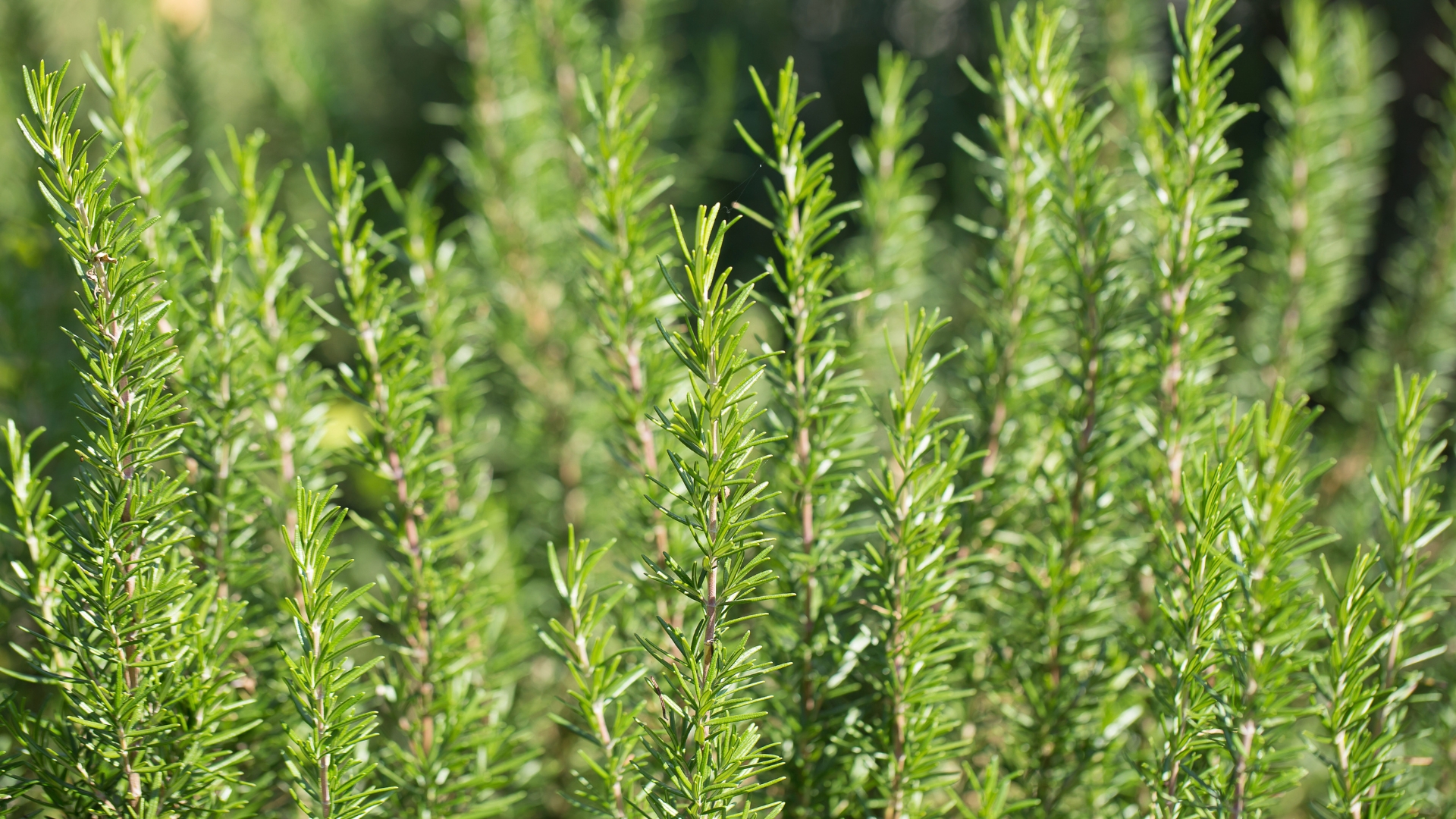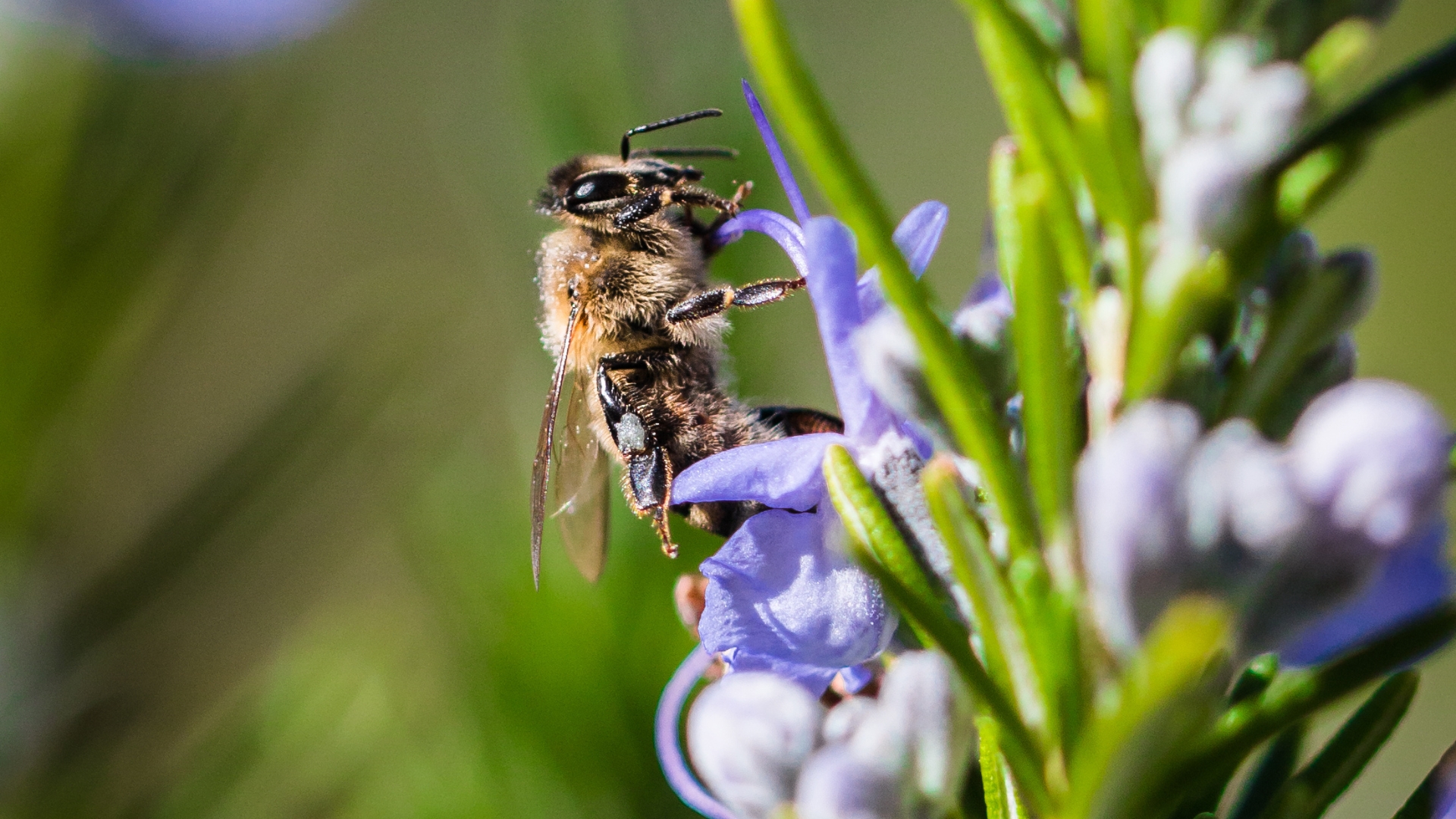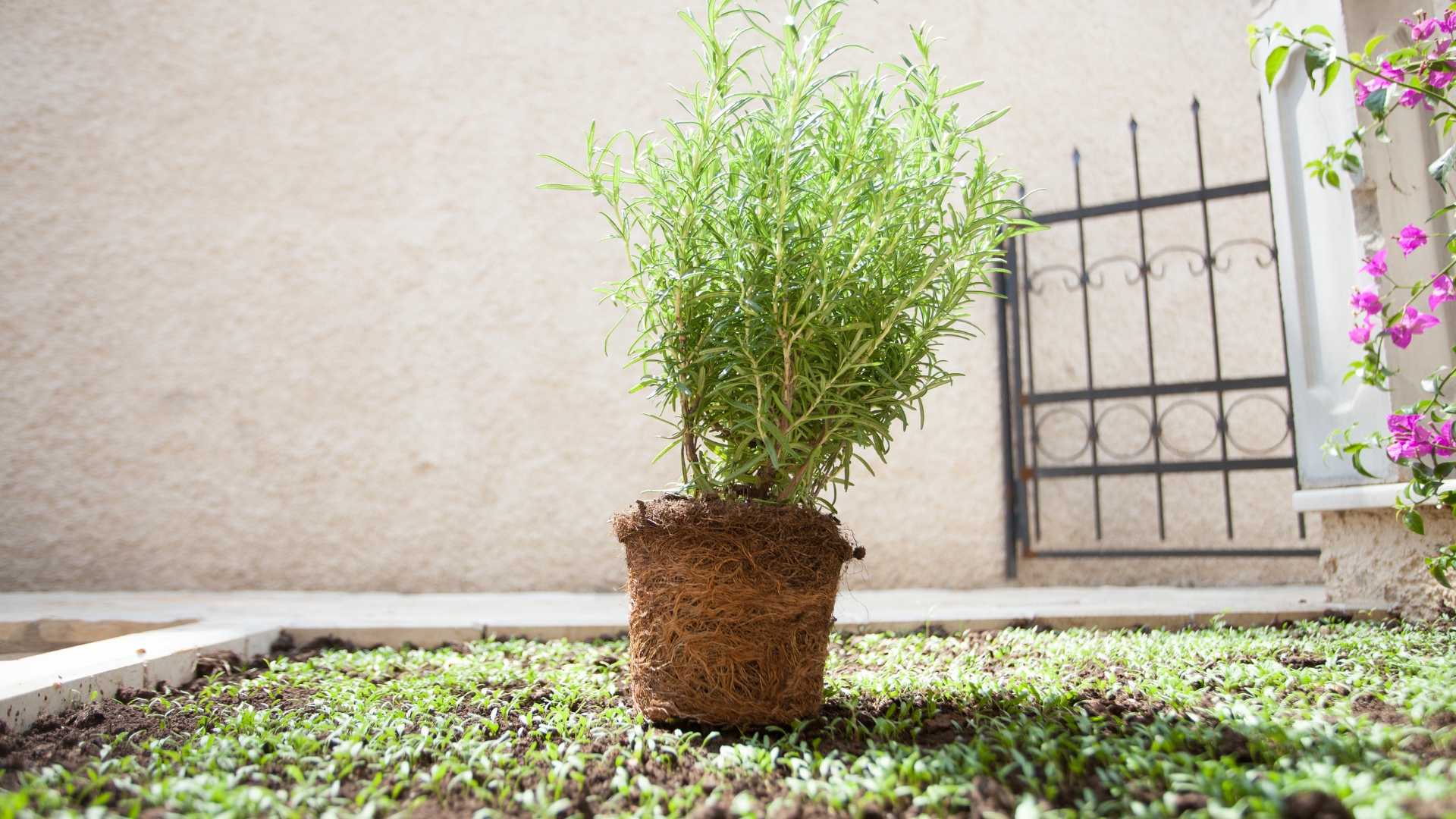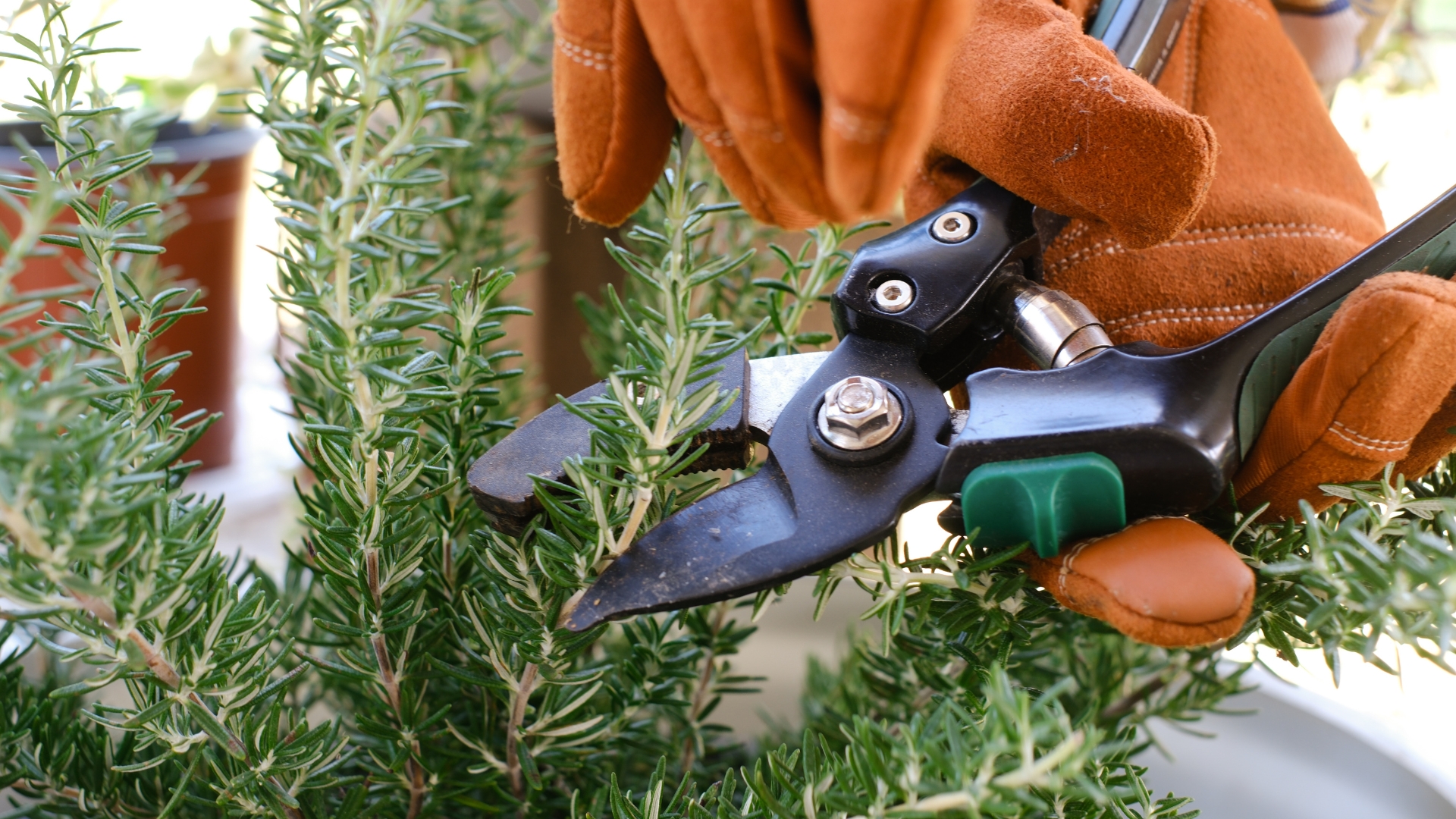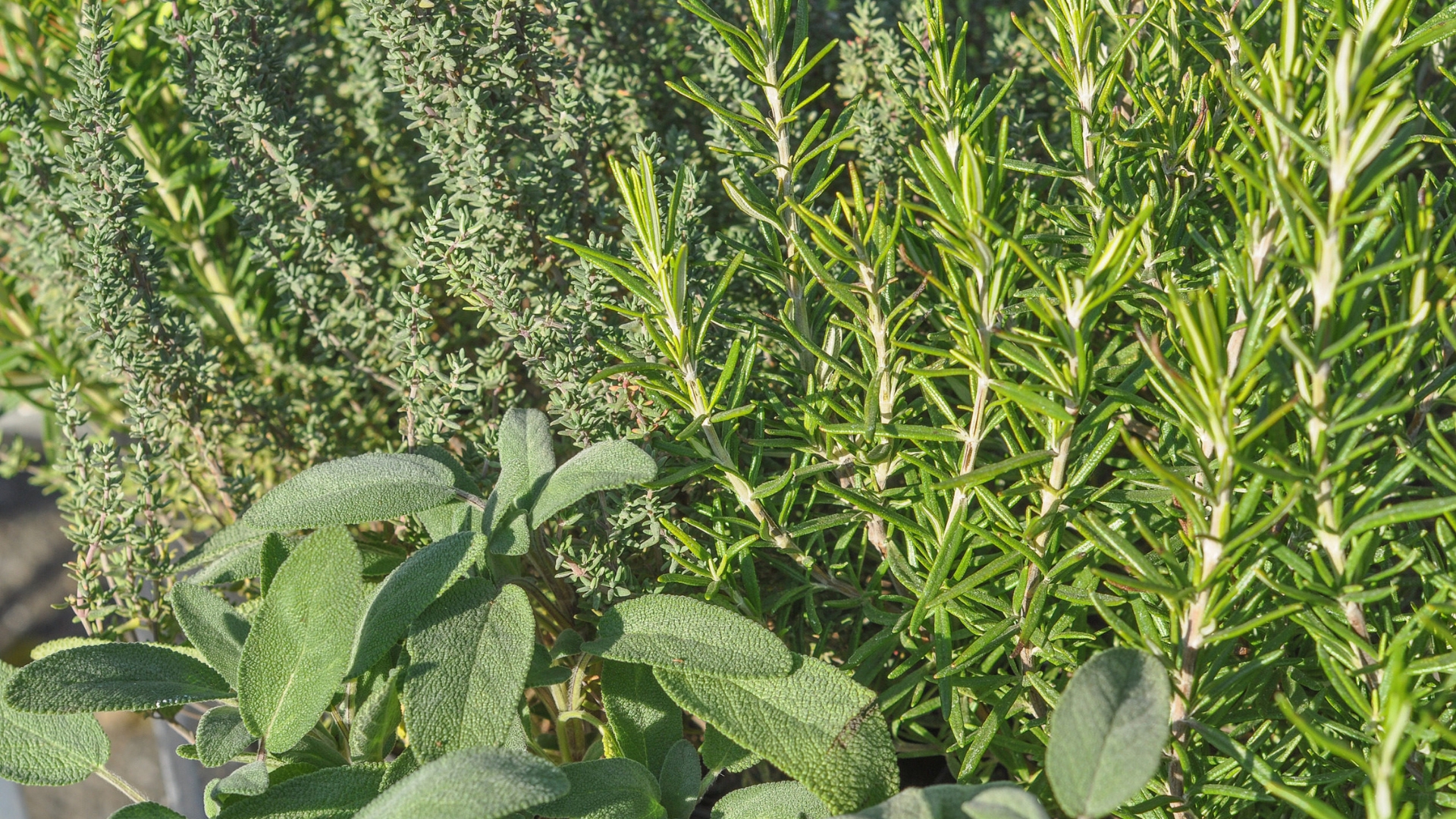Some plants earn their keep in the garden, and rosemary is one that works overtime.
While many tuck it away in a herb bed or along the edges, its best spot is right by the garden gate.
It might not be the first place that comes to mind, but once you discover why, you’ll wonder why you didn’t plant it there sooner.
Rosemary Won’t Let Those Pests Enter Your Garden
Some garden defenders come with thorns, while others work their magic with scent alone. Rosemary falls into the latter category, acting as a natural barrier against unwanted guests.
Its strong, woody aroma may be pleasant to us, but to pests, it’s a warning sign to stay away. The oils released by its needle-like leaves create an invisible shield that deters many common garden nuisances, helping to keep your plants safe without the need for harsh chemicals.
Mosquitoes, cabbage moths, and carrot flies are just a few of the uninvited visitors that can’t stand rosemary’s presence.
These pests rely on scent to locate their favorite plants, but rosemary’s potent fragrance overwhelms their senses, making it difficult for them to find their next meal.
Planting it near vegetable beds, pathways, or, better yet, by your garden gate helps keep these troublemakers at bay, giving your garden a natural line of defense.
Pollinators Adore Rosemary
While rosemary’s strong scent keeps troublesome pests at bay, it has the opposite effect on nature’s most important garden helpers.
Its clusters of tiny, nectar-rich flowers act like a buzzing café for bees, butterflies, and other pollinators looking for a reliable food source.
Unlike some plants that bloom for just a short window, rosemary offers its sweet rewards over an extended period, making it a favorite stop for winged visitors throughout the growing season.
Bees, in particular, are drawn to rosemary’s delicate blue, purple, or even pink blooms, gathering nectar and pollen to fuel their hives. Butterflies flutter in for a sip, while hoverflies—natural predators of aphids—linger nearby.
Here’s How To Plant Rosemary
Giving rosemary the right start makes all the difference in how well it thrives. This sun-loving herb prefers a spot with at least six hours of direct sunlight each day, so an open area near a garden gate or along a pathway is ideal.
Well-draining soil is essential—heavy or waterlogged ground can quickly lead to trouble. If the soil tends to hold moisture, mixing in sand or gravel helps create the dry, airy conditions rosemary loves.
Spacing is just as important as soil and sunlight. Rosemary needs room to spread, so plant each one about two to three feet apart, depending on the variety.
When growing from a nursery plant, loosen the roots slightly before settling it into the ground at the same depth as its container.
For those starting rosemary from cuttings, planting them in a warm spot with loose, well-aerated soil gives them the best chance to establish strong roots. Once planted, rosemary is well on its way to becoming a fragrant and useful addition to the garden.
If You Want It To Flourish, Follow These Tips
Rosemary may be low-maintenance, but a little attention goes a long way in keeping it strong and thriving. When it comes to watering, less is more—this herb hates wet feet.
Deep watering every couple of weeks is plenty, allowing the soil to dry out completely between drinks.
Pruning rosemary isn’t just about keeping it neat—it’s the key to a strong, productive plant. Don’t be afraid to snip those tips often.
Regular trimming encourages bushy growth and keeps the plant from getting spindly. Always cut just above a leaf node—that’s where new shoots will emerge, making your rosemary fuller with every trim.
And here’s a pro tip: every time you harvest, you’re also shaping the plant, so clip with confidence.
Rosemary thrives in lean conditions, and too much fertilizer leads to soft, weak growth that lacks its signature punch. A light sprinkle of compost or a mild organic feed in early spring is all it takes. Give it too much, and you’ll end up with a big, leafy plant that’s lost its strong fragrance.
Spice Things Up By Combining Rosemary With Plants With Similar Benefits
Rosemary pairs perfectly with other powerhouse plants that enhance its benefits. Thyme is a natural companion, thriving in the same dry, sunny conditions while helping to ward off cabbage worms and whiteflies.
Sage joins the mix with its bold aroma, creating an even stronger defense against garden pests like flea beetles and carrot flies.
Oregano adds another layer of protection, deterring aphids and spider mites while doubling as a flavorful kitchen staple.
For an extra touch of beauty and functionality, mix in pest-repelling flowers. Marigolds bring a bright pop of color while keeping nematodes and aphids at bay, making them a perfect border companion for rosemary.
Lavender, with its soothing scent, not only attracts beneficial pollinators but also deters mosquitoes and moths.
With rosemary by your garden gate, you’re not just growing an herb—you’re adding a natural protector, a pollinator magnet, and a flavorful garden staple. Plant it once, and enjoy its benefits season after season!

